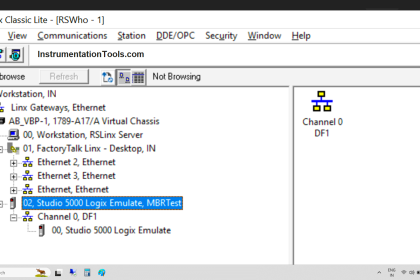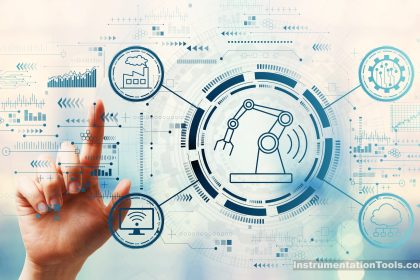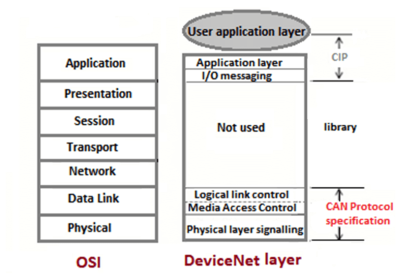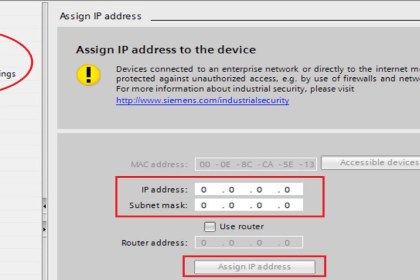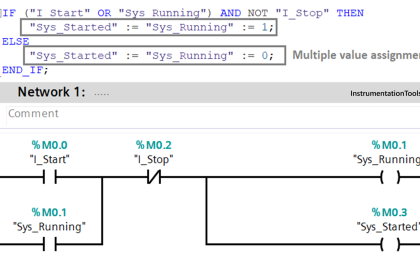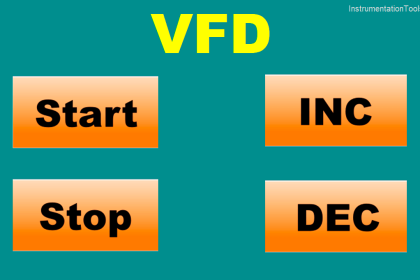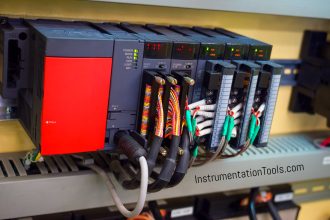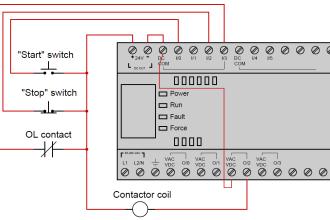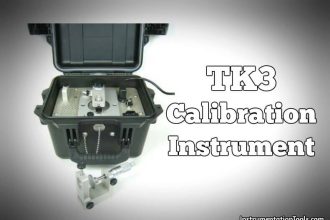So, you have got your brand new industrial automation system and are ready to use it. But, every system requires maintenance. And nowadays, industrial automation has gone to vast scales till IoT, which is complex to understand. If the maintenance team is not trained or skilled enough to troubleshoot or operate them, then it is a big loss for the industry. So, it is essential that the maintenance team gets adequate training for maintaining them throughout their lifetime. Otherwise, a big downtime is not feasible for the business to survive. In this post, we will see how to train your maintenance team for industrial automation systems.
How to Train Your Maintenance Team?

Learn how to train your maintenance team for your industrial and control systems. The key points are listed below.
- Assess the current skill levels of each team member
- Identify critical automation systems used in your facility
- Create a training roadmap based on existing knowledge gaps
- Prioritize safety awareness and lockout-tagout (LOTO) procedures
- Train on reading and interpreting electrical and control drawings
- Provide hands-on sessions for PLC programming and troubleshooting
- Introduce common PLC platforms like Siemens, Allen Bradley, Omron, etc.
- Teach SCADA system basics, including screen navigation and alarm handling
- Cover HMI operations, modifications, and real-time data monitoring
- Familiarize the team with field instruments like transmitters, switches, and sensors
- Train on analog and digital signal troubleshooting (4–20 mA, 0–10 V, etc.)
- Explain communication protocols like Modbus, Profibus, Ethernet/IP
- Conduct sessions on industrial networking and diagnostics
- Provide basic training on DCS systems and their role in process automation
- Practice fault identification using real plant scenarios or simulation tools
- Encourage the use of multimeters, loop calibrators, and signal simulators
- Emphasize preventive and predictive maintenance strategies
- Teach proper documentation and change management practices
- Introduce basic IT and cybersecurity awareness for control networks
- Provide OEM manuals and system-specific documentation for reference
- Organize periodic refresher courses and practical workshops
- Promote certification programs and vendor-authorized training
- Rotate tasks to expose technicians to different systems and challenges
- Foster teamwork between electrical, instrumentation, and control teams
- Track progress with training logs and technical skill assessments
- Conduct mock drills for system failures and emergency response
- Encourage knowledge sharing among senior and junior technicians
- Keep the team updated with new technology trends in automation
- Allocate dedicated time for training without impacting operations
- Review training effectiveness through reduced downtime and error rates
Go with the basics first
First of all, differentiate your engineers between a PLC system and a non-PLC system. A non-PLC system will either be manual or an electrical wiring-based system (which can be automatic, but requires a lot of interlocks in wiring for operation). Once they are able to identify the main difference between them (as PLC requires logic to write for automatic operation afterwards, and the field wiring in them needs to be understood), it will help them to create an image in their mind whenever they encounter a PLC system. Accordingly, it will enable them to troubleshoot or solve their issues quickly.
Once the difference is understood, they should learn the basics of PLC, like IO wiring, referring to and studying electrical panel drawings, CPU logic working, memory consumption, power supply, system architecture, and communication protocols. This can be explained to them better either by asking them to join a course, or referring to various blogs and videos online (which will be time time-consuming than joining a course). Once this is done, they are now equipped with a very clear vision of the PLC system. Also, for this, it is necessary to identify who your skilled engineers are and who are not, which will help you in giving the tasks accordingly.
Start with various automation software
Now that they are equipped with basics, expose them to the various software of the corresponding PLC, SCADA, HMI, or DCS that you are using in your plant. They should at least know how to open the last backup, how to connect programming cables, how to save the changes done, how to upload or download, how to safely view the logic when online and avoid any accidental changes, how to understand fault codes and reset procedures, fine tune any settings in the software, and how to view help files or documentation. The vendor may sometimes not be available quickly for help, so these things, when learnt, will remove all your initial doubts and help to cope with the problems then in a better way. They can guide the vendors on what they have found, which will eventually reduce the downtime quickly.
Demonstrate various hardware faults
You should set up a hardware system where all the wiring needs to be done between the PLC, HMI / SCADA, and field instruments. Do this in an electrical panel, which can be used as a dummy for testing every time. Create various circumstances like open wire connection safely, remove ferrules or labels, or install faulty or damaged instruments (but make sure they don’t create a short circuit scenario). Now, ask them to refer to the electrical drawings and troubleshoot the issue. In this way, when they practically face such hardware and wiring issues, they will be able to solve the issues more quickly.
Ask them to study various safety standards
When working in an industrial environment, safety is a must. And working on troubled systems always increases the risk to maintenance personnel. So, they must also learn various international standards pertaining to automation safety. They can be ISO, IEC, or ISA. They have various topics in instrumentation, electrical, cybersecurity, and other related topics. Learning them will help to deal with real-time practical issues more safely and efficiently. And because these standards are deep in concept, understanding them properly helps to master the maintenance task very reliably.
Staying ahead with continuous learning and preventive maintenance
Industrial automation is rapidly developing, and learning new skills and technology with it always helps to stay ahead in problem-solving. Also, they must know the predictive or preventive maintenance tasks. Make a list of predictive or frequent issues, check the solution for them, and rehearse them in your mind properly for scheduled inspections. This care increases safety, reliability, efficiency, and future foresight, and decreases the chances of accidents and hazards rapidly. Such repetitive patterns help to troubleshoot and solve the issues quickly. And if they are equipped with evolving skills every time, then it only adds a shine to their skill set.
In this way, we saw how to train your maintenance team for industrial automation systems.
Read Next:
- PLC, DCS, RTU, SCADA, and PAC
- PID_PWM and PID_Output Controllers
- Difference Between PNP and NPN Sensor
- Light Tower in Industrial Automation
- Programming and Tuning PID Controller
